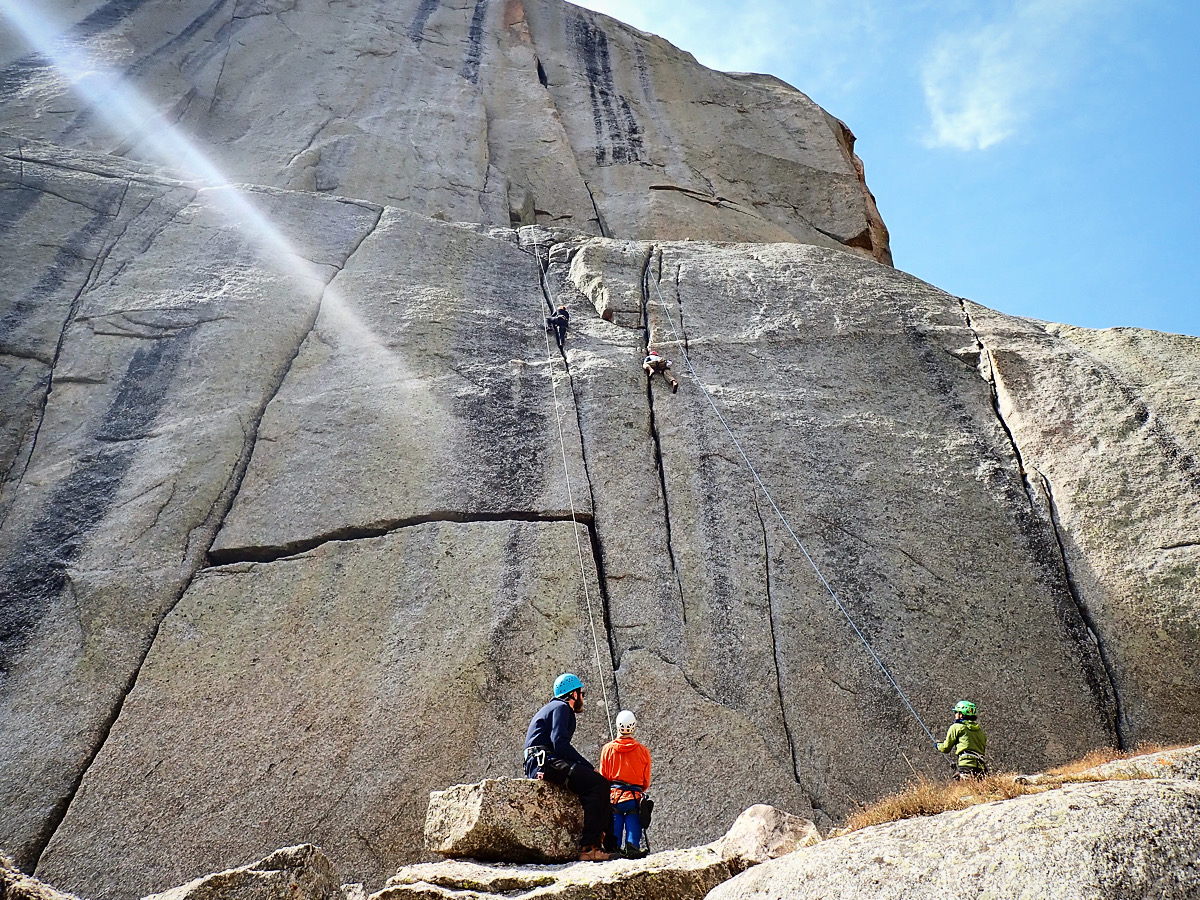While a dynamometer is the standard tool for measuring grip strength, there are simple ways you can test it at home. One option is to have a friend gently try to pull your thumb and pinky apart while you hold them in opposition. Think of the pressure you’d use to touch your grandma’s eyeball—start that light, and slowly increase just a bit. Another option is to hold a cup using only your thumb and pinky and move it through the four positions pictured below. Notice any changes in control, fatigue, or tension as you switch positions. This isn’t an exhaustive test for everything that can impact grip—just a starting point to catch some of the most common patterns.


Grip Loss Patterns and Structures Involved
| Grip Loss Pattern | Position Affected | Structures Involved |
| Bilateral grip loss (thumb only) | High & Low | Cervical Spine Compression at C5/C6 |
| Bilateral grip loss (pinky only) | High & Low | Cervical Spine Compression at C7/T1 |
| Grip loss (whole hand) | High & Low | Pec Minor, Coracobrachialis |
| Grip loss (whole hand) | High position only | Subclavius, Pec Major (clavicular head) |
| Grip loss (whole hand) | Low position only | Scalenes |
Grip loss can be bilateral in any position! If this is you, read the section “Bilateral Grip Loss” for more info.
Bilateral Grip Loss
At the center of efficient movement and grip strength is intra-abdominal pressure (IAP)—a pressurized system created by your diaphragm (top), pelvic floor (bottom), and deep abdominal muscles: transverse abdominis (TVA), internal abdominal oblique (IAO), and external abdominal oblique (EAO). When these muscles work together, they stabilize your core and transfer power smoothly throughout your body, making your movements strong and efficient.
When IAP is compromised or dysfunctional, your body loses this core stability and compensates by recruiting muscles in your neck and shoulders for breathing. These are accessory breathing muscles.
Your breathing and shoulder muscles are connected as follows:
Diaphragm → TVA → IAO → EAO → Serratus Anterior & Pec Minor.
When the serratus anterior and pec minor are needed as accessory breathing muscles, they can’t perform their intended roles properly, disrupting shoulder stability and alignment. This compresses nerves that rely on proper shoulder stability and alignment, impacting grip strength in a big way.
Your breathing and neck muscles are connected as follows:
Diaphragm → Deep abdominal muscles (TVA, IAO, EAO) → Thoracolumbar Fascia (TLF) → Prevertebral Fascia surrounding muscles in the neck.
Dysfunction in your breathing or core creates tension in your TLF, causing neck tension, and likely a functional compression in your neck impacting the nerves that rely on your neck’s proper positioning, impacting grip strength.
A loss of core stability affects muscles on both sides of your body. Causing grip weakness or loss in both hands—the specific hand positions affected depend on which muscles and nerves are involved.
Unilateral Grip Loss, Whole Hand, High and Low
If you’re experiencing grip loss with your arm in an overhead and underhead position—like reaching, climbing, or hanging—it could be more than just a forearm issue. One common cause is compression within the coracopectoral tunnel, an anatomical space formed by your coracoid process, pectoralis minor, and ribs. When nerves pass through this tunnel—particularly the median and ulnar nerves—they’re vulnerable to entrapment, especially if surrounding muscles are tight or overactive.
In an overhead position specifically, some of the most common contributors to grip loss include:
- Pec Minor (Scapulothoracic Joint): If this structure if affected your ST movement screen will show imbalances
- Coracobrachialis (Glenohumeral Joint): If this structure is affected your GH movement screen will show imbalances
Unilateral Grip Loss, Whole Hand, Low position
If you’re experiencing grip loss with your arm in the underhead position ONLY—like carrying something, pulling, or simply letting your arm hang—it might not be a hand or forearm issue. One common cause is nerve entrapment between the anterior and middle scalenes, muscles located in the front of your neck. The brachial plexus, including the median and ulnar nerves, passes through the anterior and middle scalene.
When the scalenes are overactive or tight, they can compress these nerves, especially when the arm is in a neutral or downward position. However, the grip sign will return when the arm is brought overhead. This is because raising the arm puts slack into the scalenes, temporarily relieving the pressure and restoring nerve function.
In an underhead position specifically, the most common contributors to grip loss includes:
- Anterior & Middle Scalenes (Cervical Spine): If these structures are involved, your lateral flexion cervical screen may reveal movement restrictions or imbalances.
Unilateral Grip Loss, Whole Hand, High Position
If you’re experiencing grip loss with your arm overhead—like during climbing, reaching, or hanging—it might not just be a shoulder or forearm issue. A common but overlooked cause is restriction at the clavicle, which needs to glide upward to make room for the nerves of the brachial plexus that pass beneath it.
When this movement is limited—often due to a tight or overactive subclavius—the clavicle can’t lift properly. Instead, it stays pinned down and compresses the nerves underneath, leading to symptoms like grip loss, numbness, or weakness when the arm is overhead. Another possible contributor is the clavicular head of pec major, which, while less common, can also restrict the movement of the shoulder and clavicle in overhead positions.
In an overhead position specifically, some of the most common contributors to grip loss include:
- Subclavius (Acromioclavicular Joint): If this structure is involved, your AC movement screen may reveal imbalances or restrictions.
- Pec Major – Clavicular Head (Glenohumeral Joint): If this structure is affected, your GH movement screen will often show limitations or asymmetry.
What Next?
If any of these grip loss signs show up for you, I’ve put together free resources in the community to help you start addressing the structures above. You’ll find practical tools for improving grip strength, restoring mobility, and reducing compensation patterns—plus a whole lot more on injury prevention and smarter movement.
You can explore everything by joining the community and if you’re not sure yet, feel free to check out our community page so you can get a better picture of what we’re all about.



